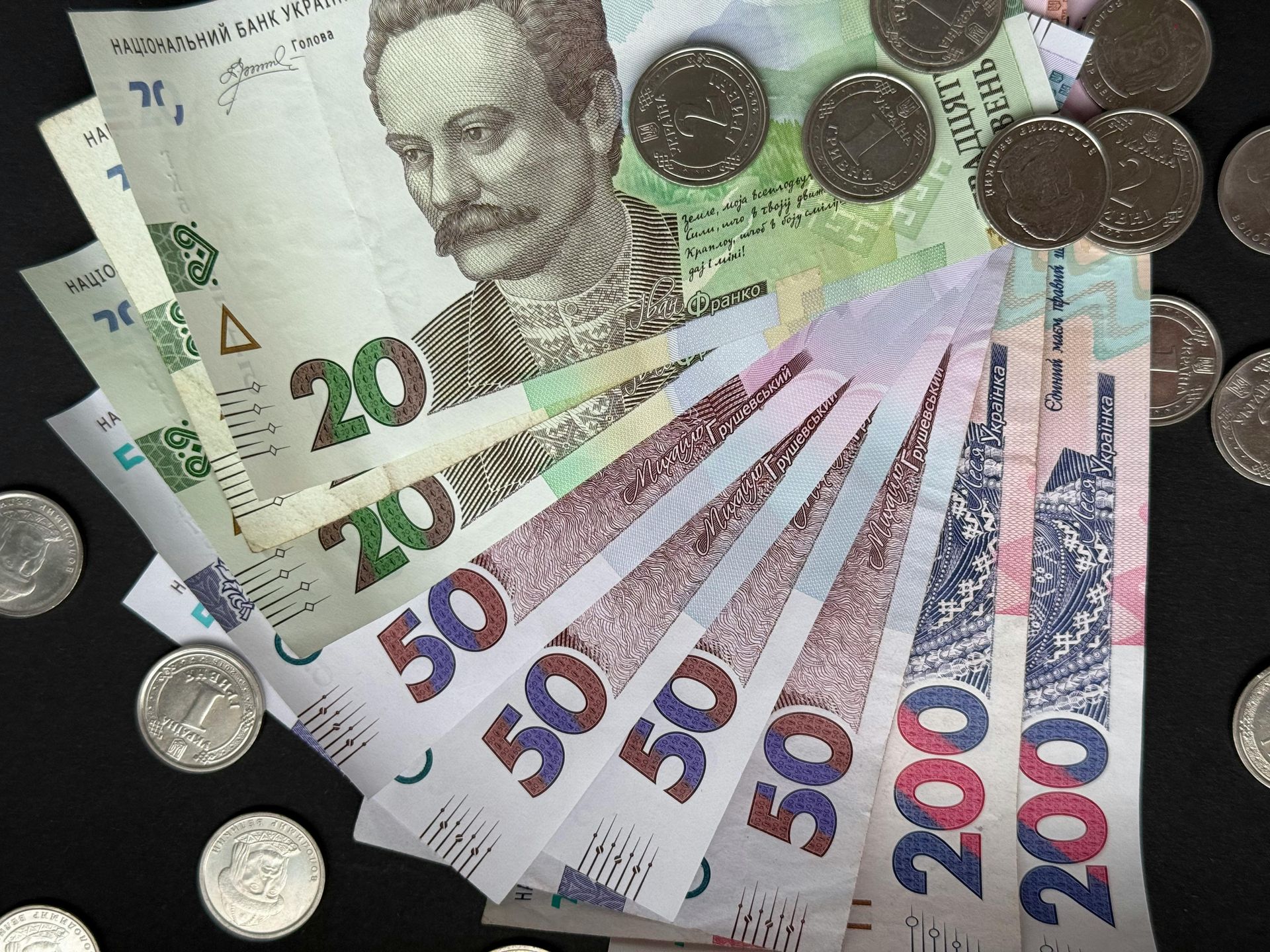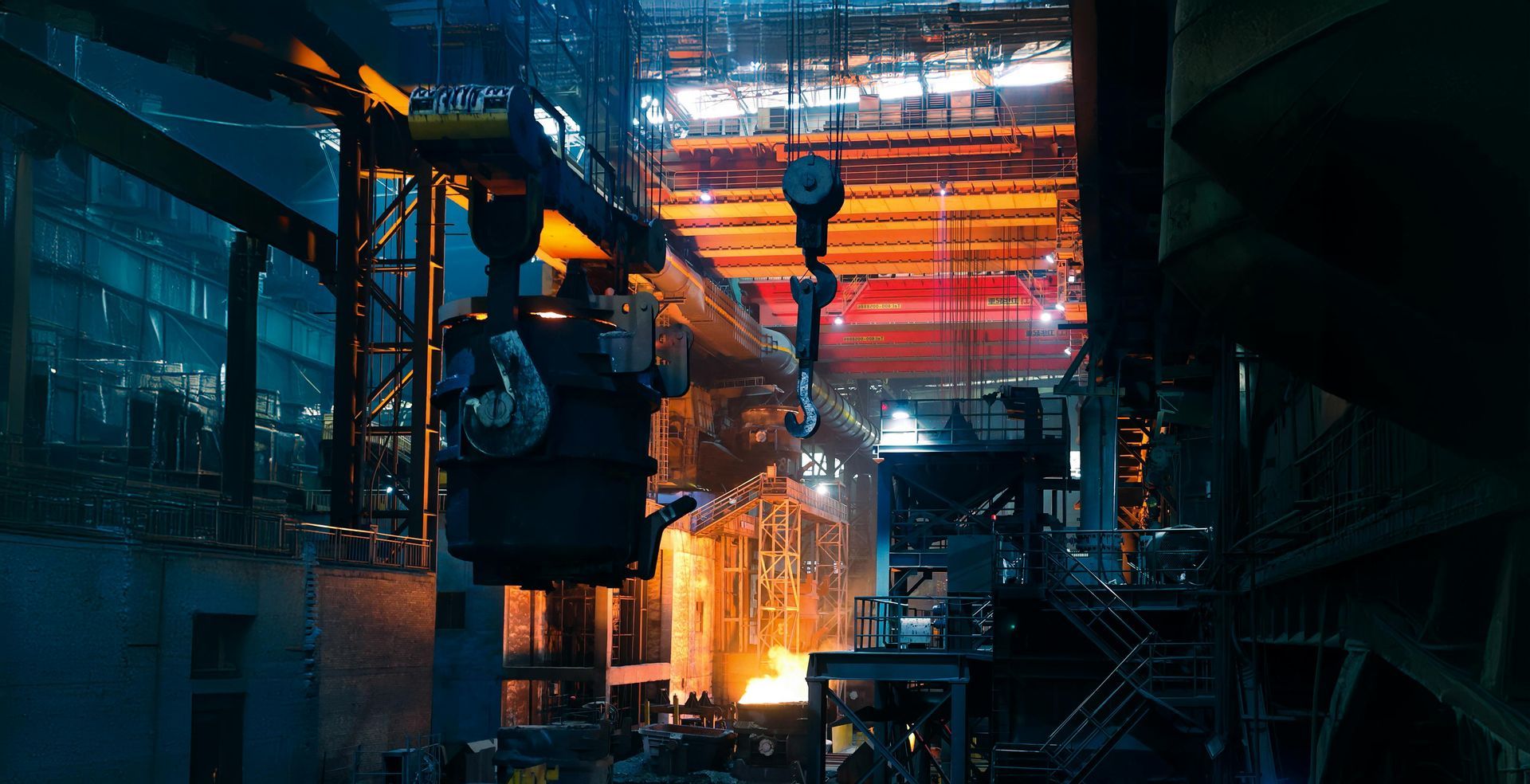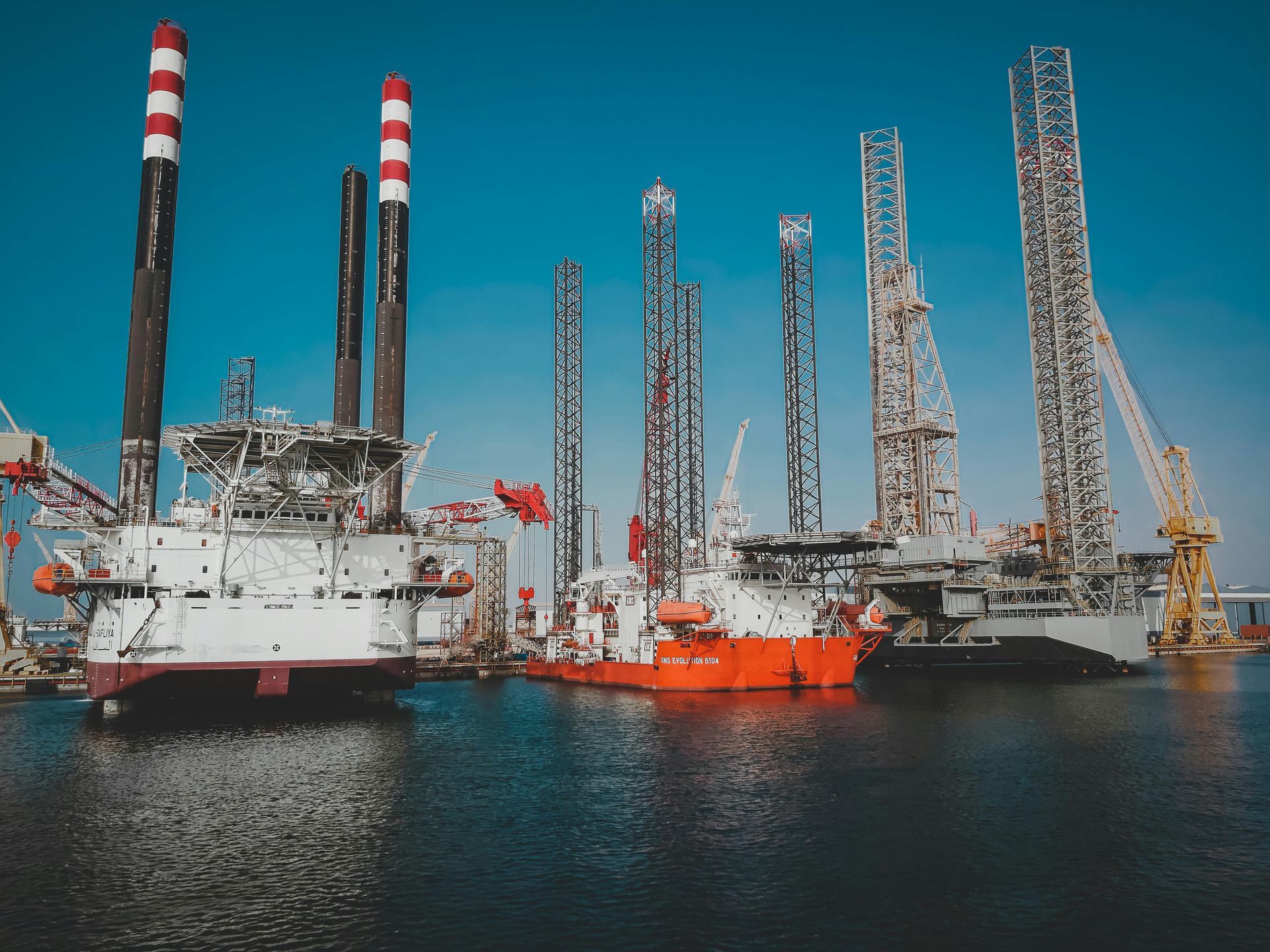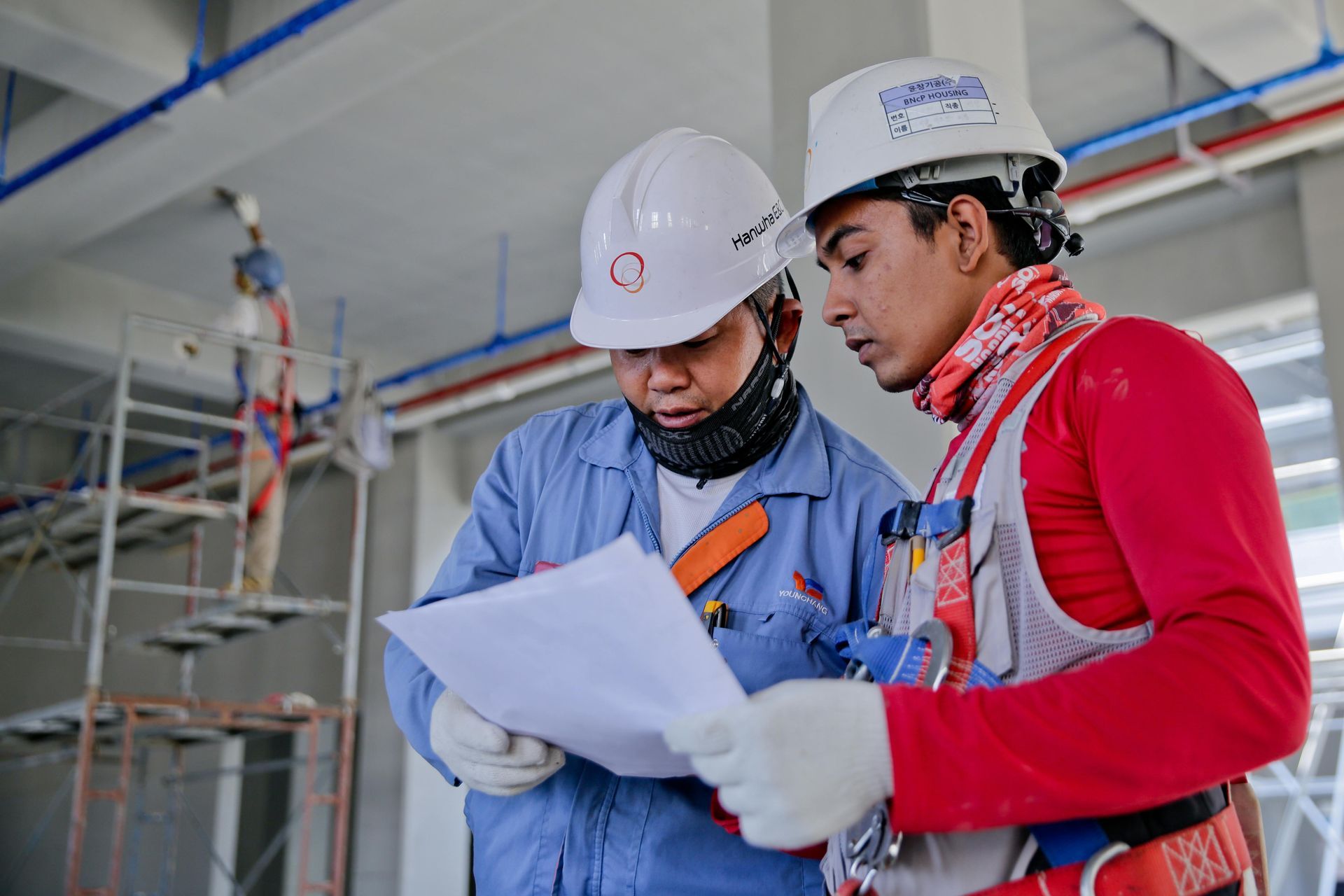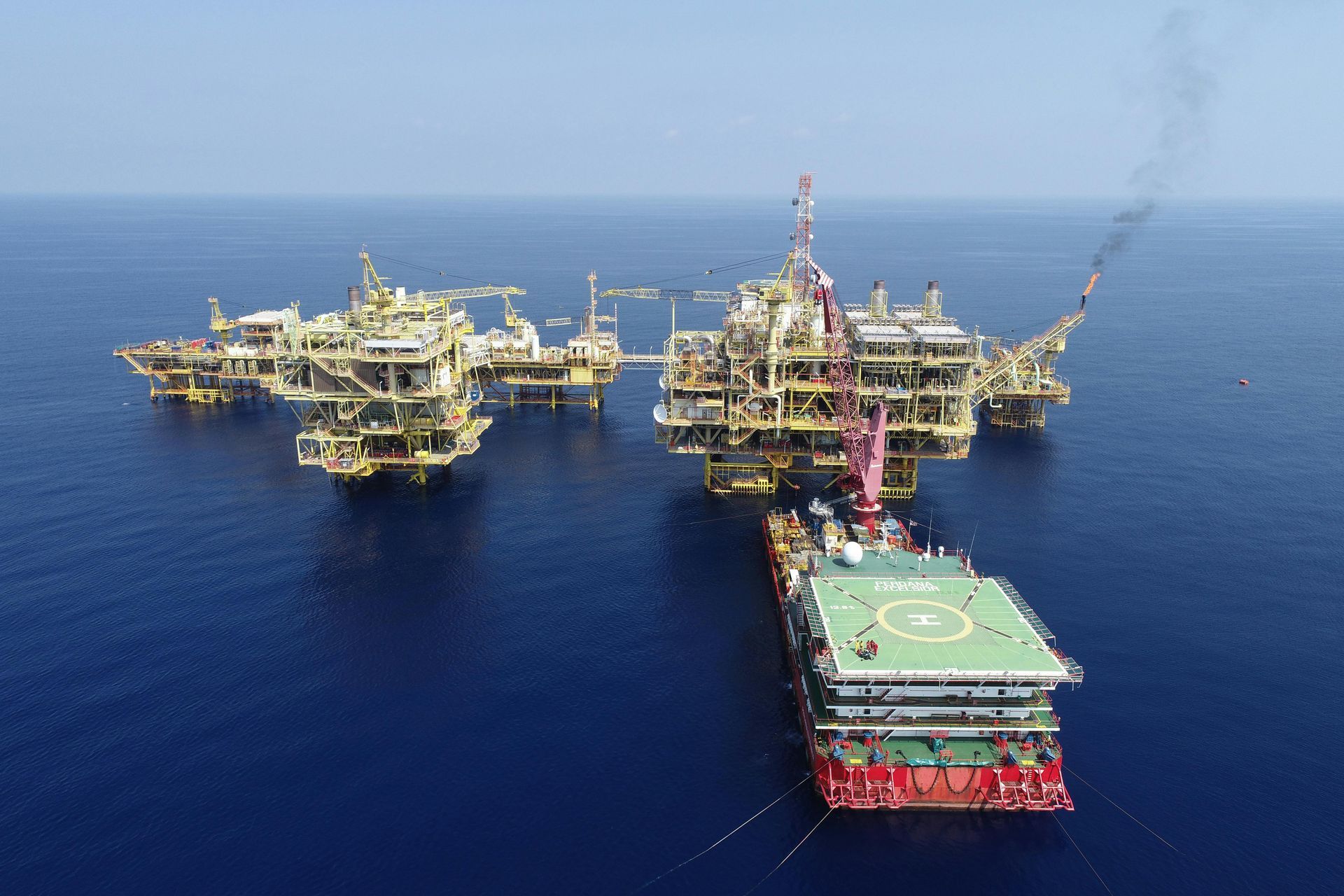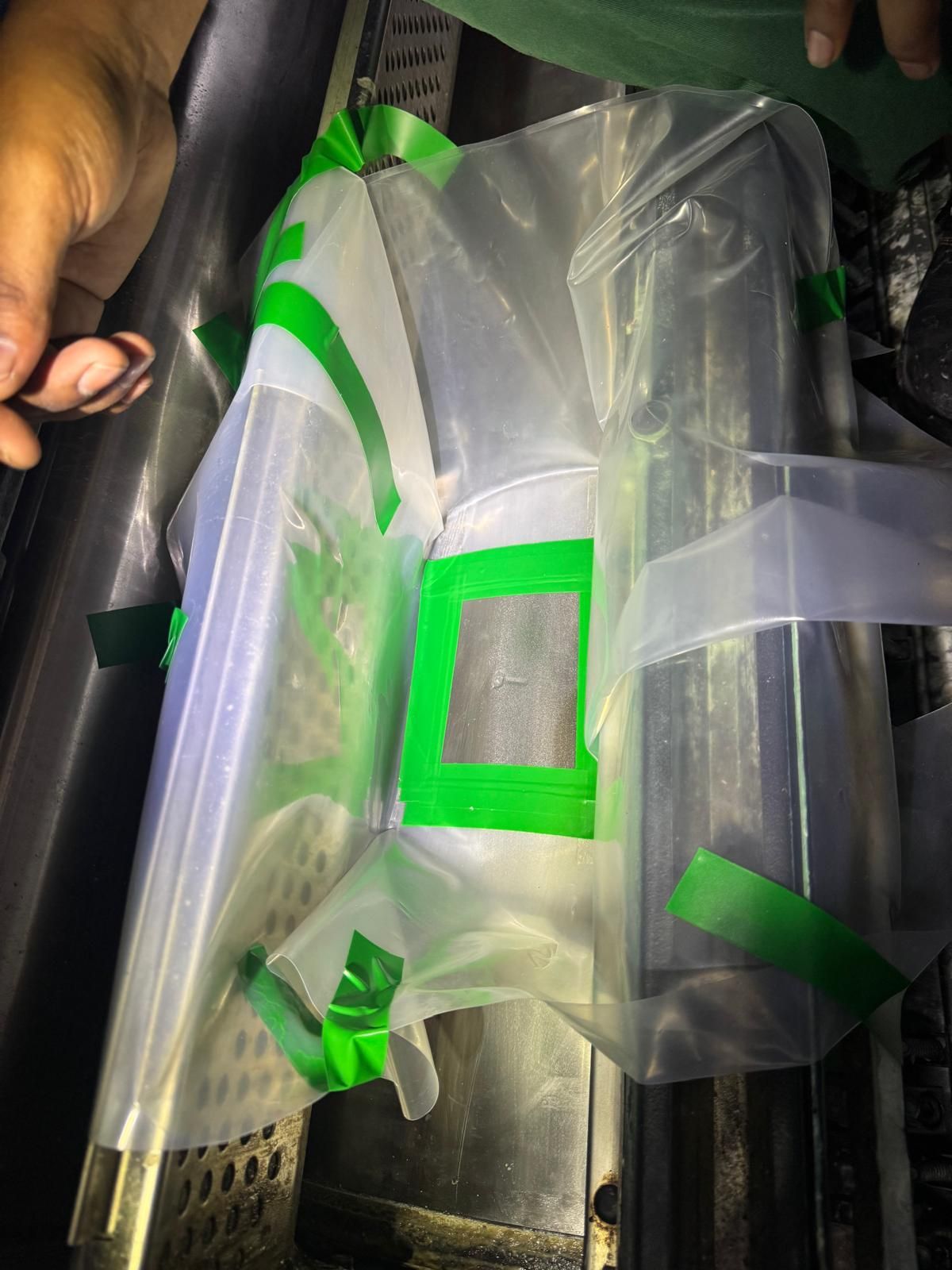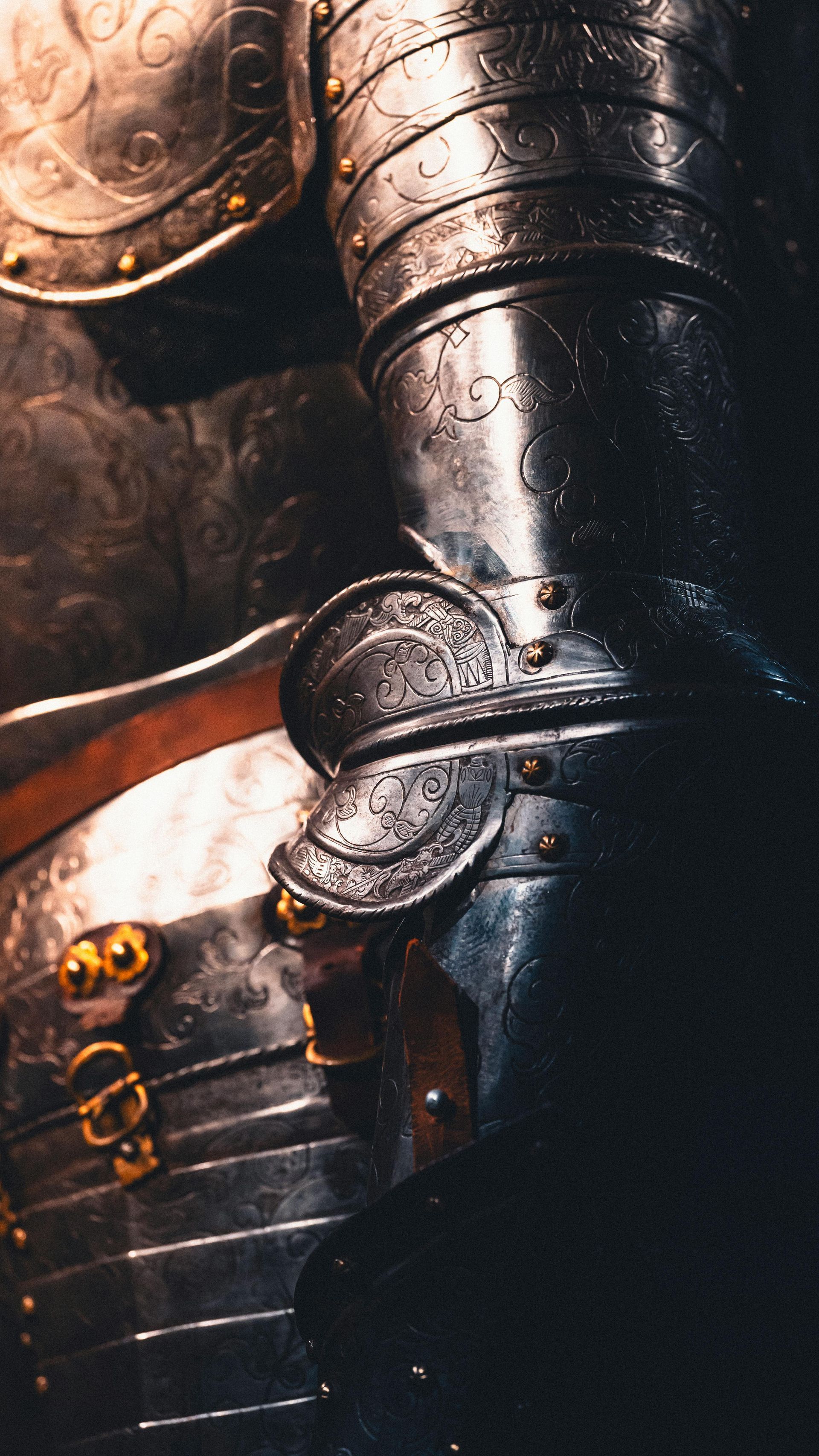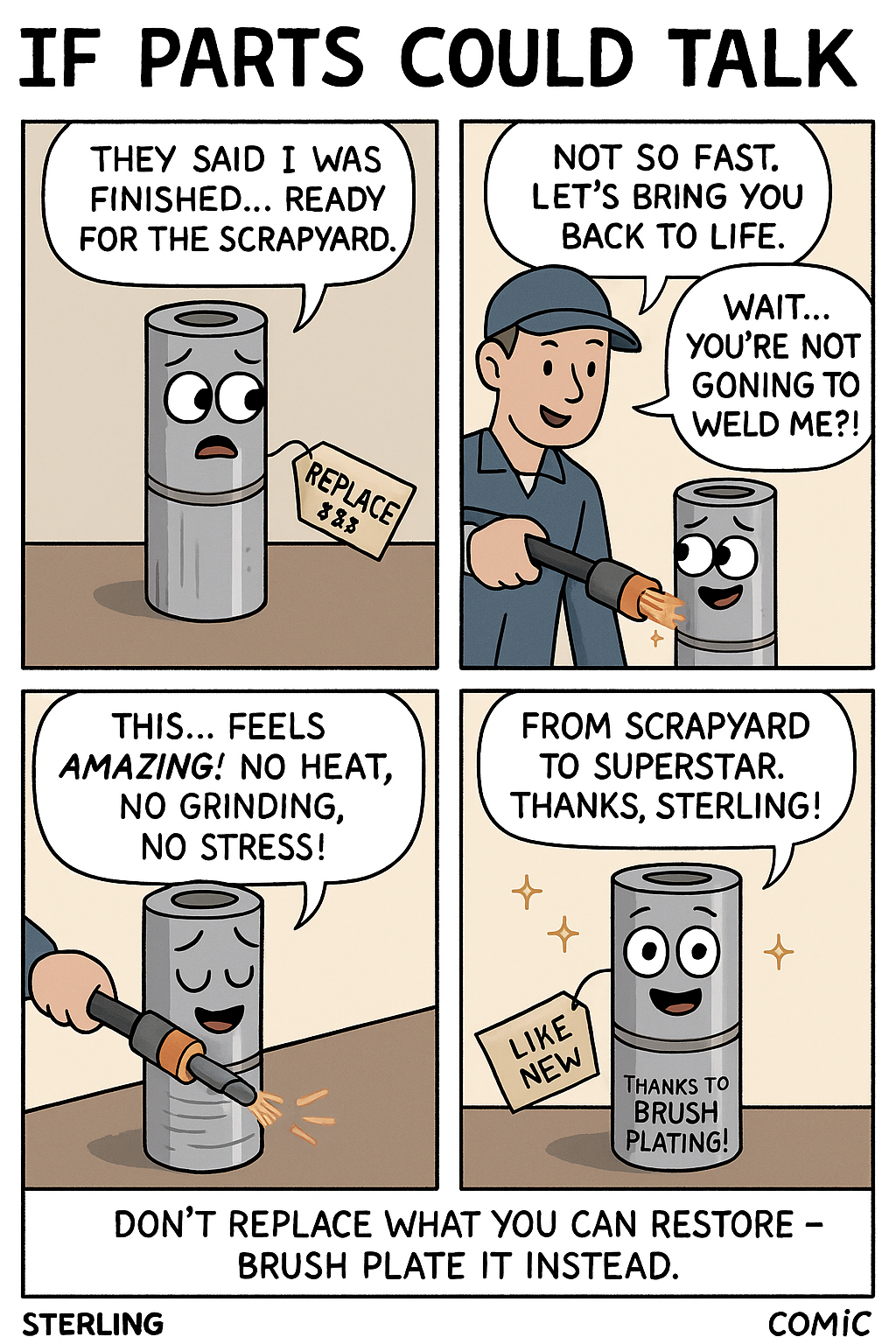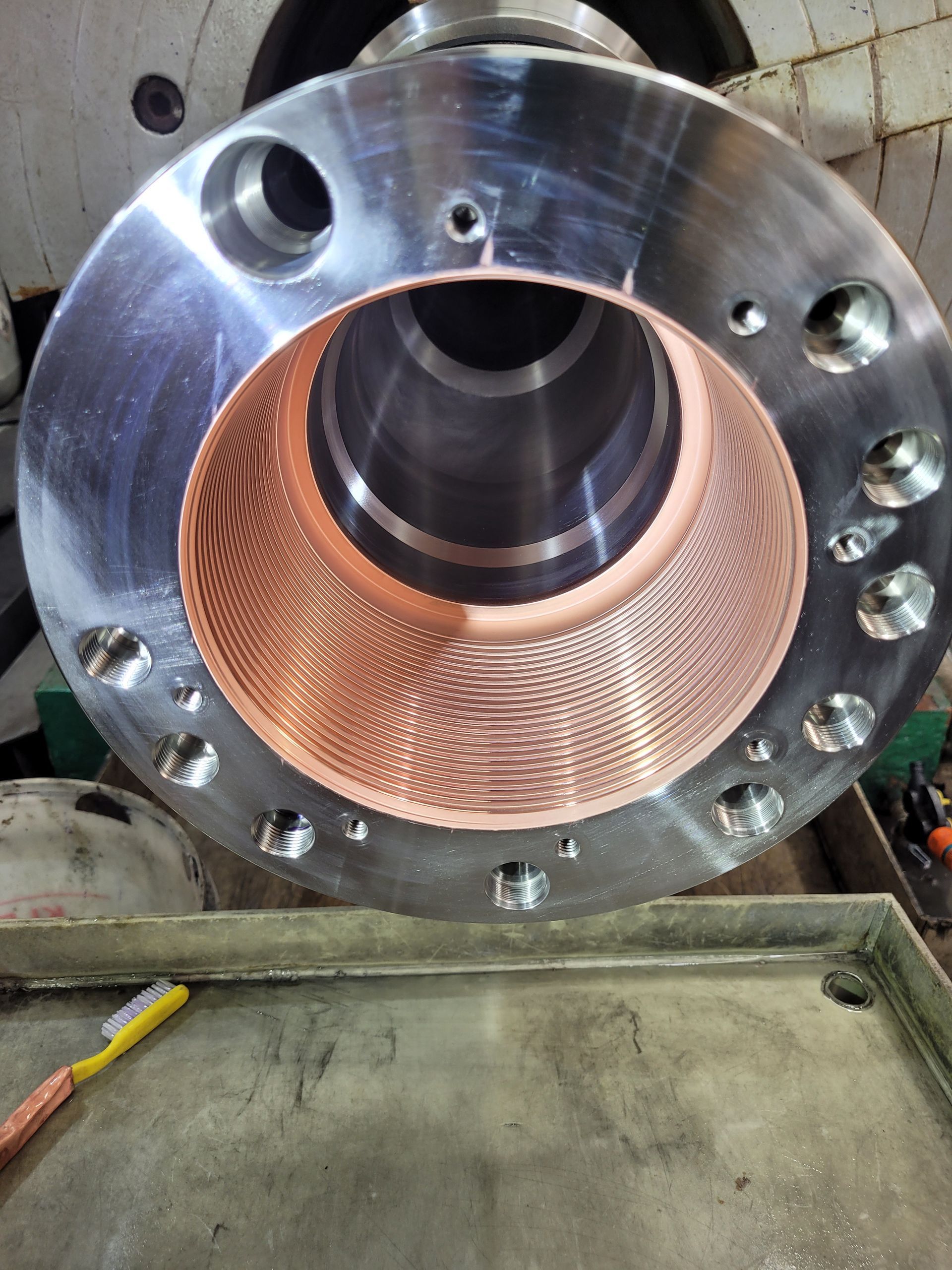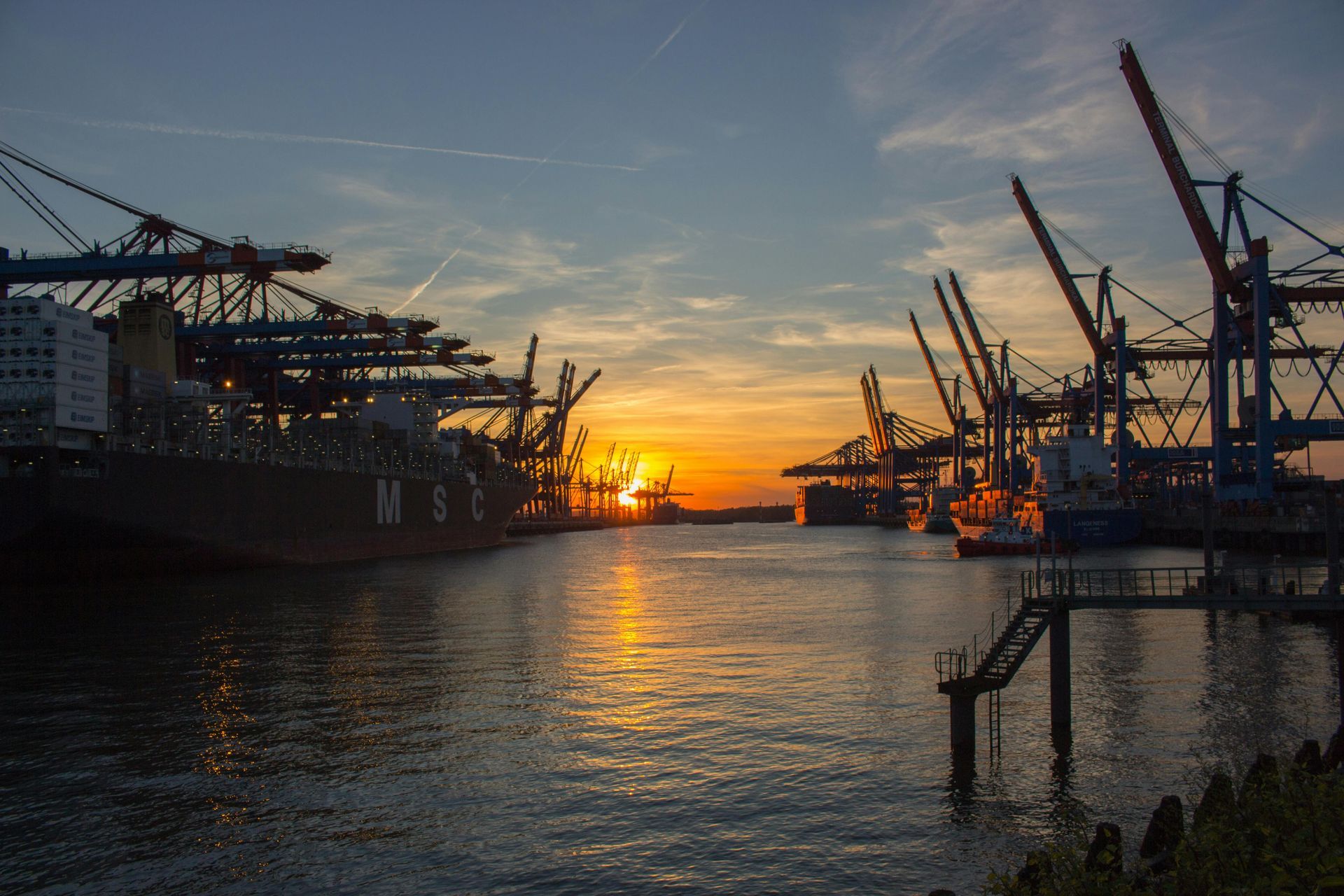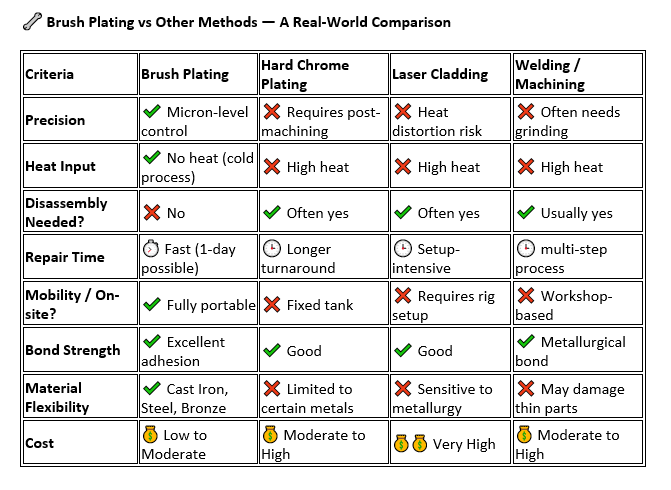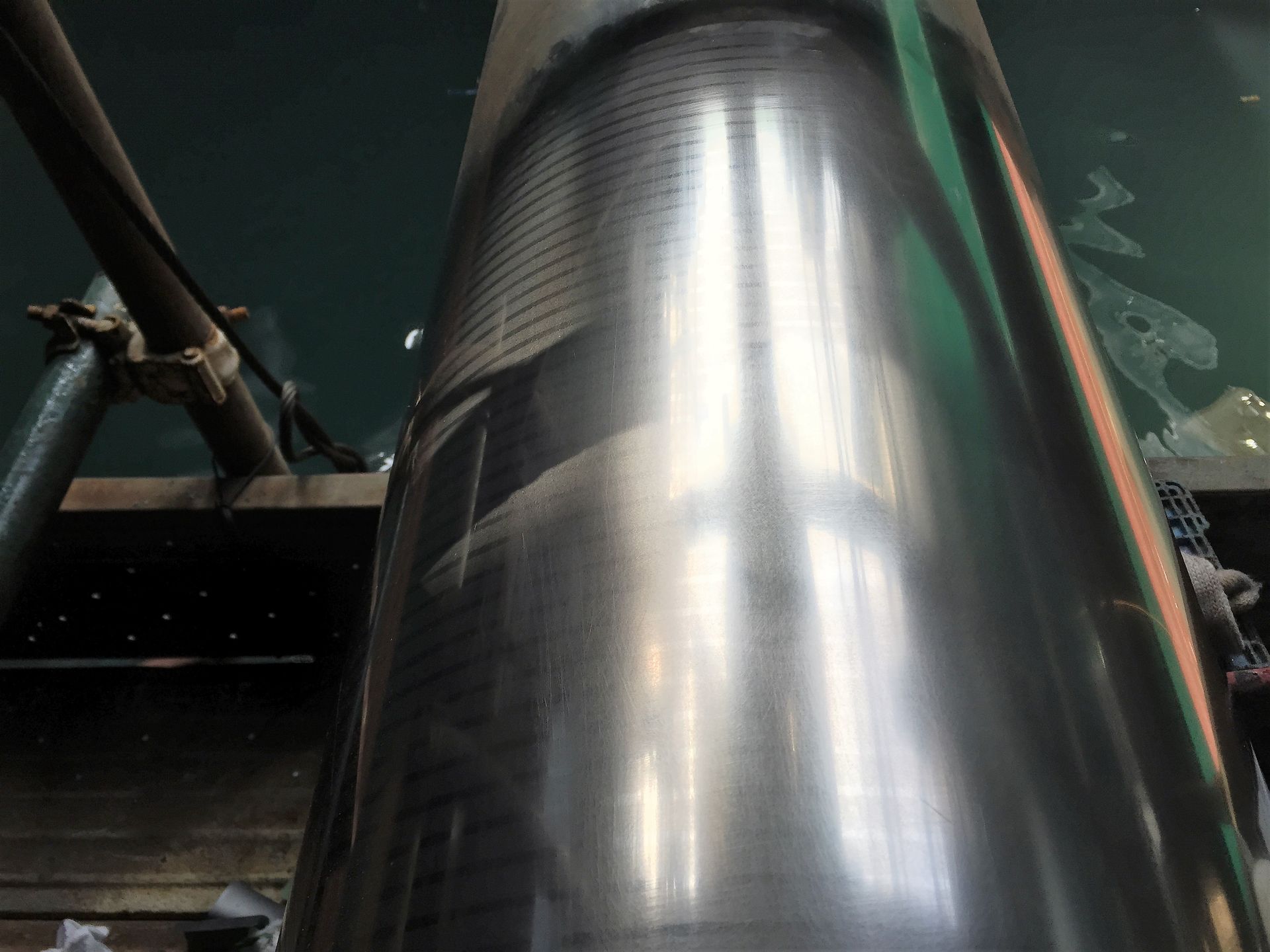Phosphating vs. Copper Plating: What’s the Difference and When Should You Use Each?
Understanding Two Key Surface Treatment Processes in Industrial Applications
When it comes to enhancing and protecting metal surfaces, two commonly used methods are
phosphating and
copper plating. While both processes offer distinct advantages, they are
designed for very different purposes, and choosing the right one depends on your specific operational needs.
At Sterling Impreglon Asia, we specialize in surface repair and protection for industrial components, particularly for high-performance applications in oil & gas, marine, and heavy equipment industries. This article will help you understand how phosphating compares with copper plating, and which is more suitable for your application.
🧪 1. What is Phosphating?
Phosphating is a chemical surface treatment where a layer of zinc, manganese, or iron phosphate is applied to steel components through immersion or spraying. It serves as a base coating to:
- Enhance corrosion resistance
- Improve paint or lubricant adhesion
- Reduce friction on fasteners and moving parts
Phosphating is commonly used in automotive, aerospace, and defense industries for treating large quantities of standard parts.
Key Features:
✔️ Fast and cost-effective
✔️ Provides mild corrosion protection
✔️ Creates an ideal base for paint or oil
✔️ Typically applied to bolts, fasteners, fittings, etc.
⚙️ 2. What is Copper Plating?
Copper plating is an electrochemical process in which pure copper is deposited onto the surface of a metal component. It is used to:
- Prevent galling and adhesive wear
- Restore worn surfaces or undersized dimensions
- Create a soft, lubricating surface for thread engagement
- Improve conductivity or sealing in specialized components
Unlike phosphating, copper plating allows controlled thickness build-up and is ideal for targeted repairs or performance-critical surfaces.
Key Features:
✔️ Excellent
anti-galling properties
✔️ Enables
dimensional restoration
✔️ Low-temperature application (no heat damage)
✔️ Common in oilfield tools, shafts, and sealing surfaces
⚖️ Which Should You Choose?
✅ Use Phosphating if:
- You're preparing new components for painting, coating, or light assembly
- Your primary goal is mild corrosion protection at a low cost
- The component is not subject to high mechanical stress
✅ Use Copper Plating if:
- You need anti-galling protection on OCTG threads, crossovers, or tool joints
- You’re looking to restore worn dimensions on shafts, bores, or sealing surfaces
Your equipment operates under
high torque, pressure, or repeated contact
📩 Need expert advice on which surface treatment suits your component best? Contact Sterling Impreglon Asia today—we’ll help you choose the most cost-effective and technically sound solution for your operation.







